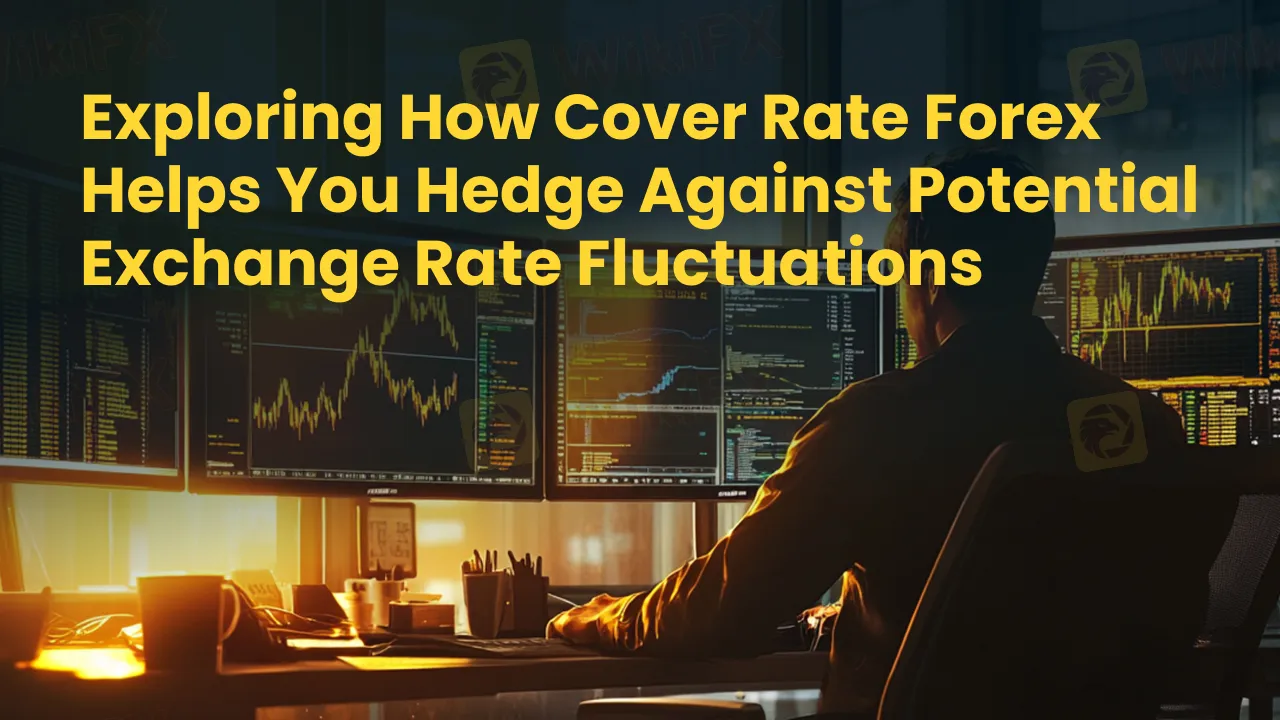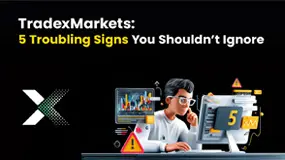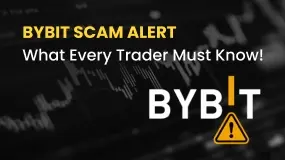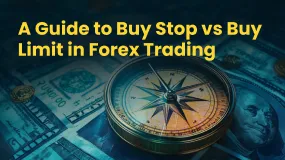简体中文
繁體中文
English
Pусский
日本語
ภาษาไทย
Tiếng Việt
Bahasa Indonesia
Español
हिन्दी
Filippiiniläinen
Français
Deutsch
Português
Türkçe
한국어
العربية
Exploring How Cover Rate Forex Helps You Hedge Against Potential Exchange Rate Fluctuations
Abstract:Exchange rates are constantly changing; they fluctuate based on trading volume, market sentiment, and several other factors. These fluctuations can raise concerns for you if they don’t turn out as expected. That’s why many like you are resorting to a cover rate forex strategy to hedge against currency fluctuations. Read on to learn more about it.

Exchange rates are constantly changing; they fluctuate based on trading volume, market sentiment, and several other factors. These fluctuations can raise concerns for you if they don‘t turn out as expected. That’s why many like you are resorting to a cover rate forex strategy.
Often associated with covered interest rate arbitrage, this strategy allows investors to borrow in a low-interest currency and convert it into a currency bearing high interest rates. Then follows the investment in that currency and a forward contract to get the original currency at a predetermined rate. This helps eliminate the exchange rate risk. Considering that it may sound complex, we prepared an useful guide on the cover rate forex phenomenon. Read on to understand the process.
Covered Interest Rate Parity and How It Protects You Against Forex Volatility
Covered Interest Rate Parity (CIRP) or cover rate forex is a popular forex concept where the difference in interest rates of two countries currencies should reflect in the forward exchange rate. It thus means that the whole process of borrowing a low-interest currency, converting it to a currency with higher interest rates, investing, and then using a forward contract to convert to the original currency should work in a way to eliminate the potential profit from fluctuations in exchange rates. The forward contract used in it helps cover or hedge the exchange rate risk.
Interest Rate Parity Condition Formula
The forward exchange rate is calculated using the formula below.
F = S x (1+id)/(1+if)
Where,
‘F’ stands for forward exchange rate.
‘S’ remains the existing spot exchange rate.
‘id’ is the domestic or base currencys interest rate.
‘if’ remains the quoted or foreign currencys interest rate.
Demonstrating Covered Interest Rate Parity with an Example
Example - You are contemplating a cover rate forex concept, keeping USD and GBP as two currencies. Assume that both of these US and UK-based currencies are trading at par. However, if the annual interest rate of the US is 8% and 4% in the UK, it would be better to borrow in GBP (the UK-based currency), convert it to USD in the spot market, and invest the amount in the US. However, to repay the loan in GBP, entering into a forward contract makes sense. With that, you can exchange USD for the former. Covered interest rate parity thus comes into the equation and helps eliminate the gains from the transaction.
As USD and GBP are trading at par, a unit of one currency is equivalent to another.
Forward price would thus be
1 x [(1+4%)/(1+8%)] = 0.96
How Different is Covered Interest Rate Parity from Uncovered Interest Rate Parity?
Yes, both these terms exist and have their own implications for forex investors. While covered interest parity covers the exchange rate using forward contracts, uncovered interest rate parity deals with rate forecasting and covering exposure associated with foreign exchange risks. The uncovered interest rate parity thus does not have forward rate contracts. Instead, it uses just the expected spot rate. If the forward and expected spot rates become equal, covered and uncovered interest rate parity will remain the same.
Conclusion
Understanding cover rate forex helps you make decisions that efficiently manage your risks. Its a powerful tool to protect your forex exposure against market volatility.
So next time you hear about forex fluctuations, use the cover rate forex strategy to cover your risks smartly.
Something New, Something Exciting, Something Rewarding for you!
Join the WikiFX Masterminds community to know whats in store for you!

Disclaimer:
The views in this article only represent the author's personal views, and do not constitute investment advice on this platform. This platform does not guarantee the accuracy, completeness and timeliness of the information in the article, and will not be liable for any loss caused by the use of or reliance on the information in the article.
Read more

TradexMarkets: 5 Troubling Signs You Shouldn’t Ignore
Stop! Read this article if you're thinking about using TradexMarkets. There are several warning signs that suggest this broker may not be safe. Check out this article to find out why. Be safe.

Thinking of Investing in TD Ameritrade? Here’s What May Shock You
Experienced both highs and lows with TD Ameritrade in terms of trading experience and customer support? You’re not alone! From humble beginnings to losses and poor experiences, TD Ameritrade has turned out to be a shocking surprise for traders trusting it for wealth creation. The fraudulent broker has moved into the bad books of traders, quickly erasing pleasant memories they had at the beginning. Read on to learn more about it.

Bybit Scam Alert: What Every Trader Must Know!
The cryptocurrency trend is still growing and isn’t going away. More people are investing every day, hoping to profit from this fast-moving market. But opportunity comes with risk. If you want to start trading, make sure you choose a broker that is safe, licensed, and transparent. Remember, if you fall for the Scam brokers like Bybit, they could steal your money. Learn why Bybit is not a safe choice before you invest.

A Guide to Buy Stop vs Buy Limit in Forex Trading
Want to make a mark in forex trading by seizing hidden growth opportunities or preventing capital loss? Learn the art of locating orders. With an in-depth understanding of order functionality involving the impact on trades, traders can successfully navigate the forex market. As far as buying is concerned, traders need to acquaint themselves with a buy limit and a buy stop. These two orders play a critical role in helping traders enter and exit the market efficiently.
WikiFX Broker
Latest News
D. Boral Capital agrees to a fine as a settlement with FINRA
Beware of Fake RS Finance: How to Spot Scams
Fortune Wave Solution: SEC Warns of Investment Scam
Is TD Ameritrade Safe? How to Spot Fake URLs and Stay Protected
Engineer Loses RM230,000 in “Elite Group” Investment Scam
Is Learning Forex Trading Online a Good Idea? Pros and Cons Explained
TradexMarkets: 5 Troubling Signs You Shouldn’t Ignore
A Guide to Buy Stop vs Buy Limit in Forex Trading
SEC Implements New Rules for Crypto-Asset Service Providers
Investment Scam Alert: FCA Identifies 15 Scam Brokers
Currency Calculator


